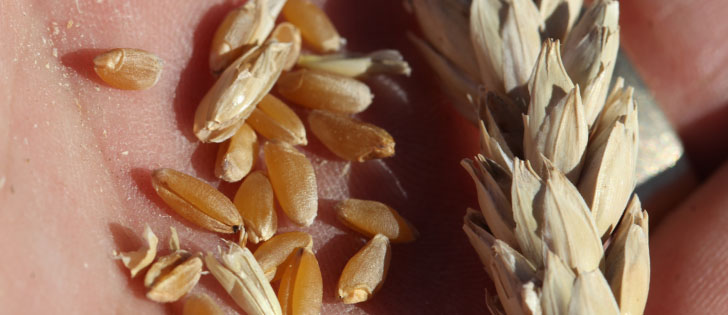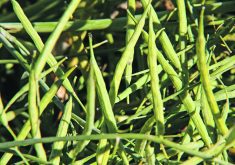Demand for organic products has been strong and growing for many years, but organic producers are facing challenges in today’s economic situation.
Facing these challenges was the focus of ProCert’s Update Meeting in Regina last month as the certification company celebrated its 20th anniversary in the organic business.
Tom Cowell of Growers International Organic Sales Inc. spoke about the way organic prices are determined.
Ten years ago, processors often set the price for organic grain as a premium based on conventional prices.
Read Also

Canadian Food Inspection Agency red tape changes a first step: agriculture
Farm groups say they’re happy to see action on Canada’s federal regulatory red tape, but there’s still a lot of streamlining left to be done
In the more recent past, demand pushed organic prices upward, without being directly linked to conventional prices. Although this was a time of excellent prices for organic grain, it forced processors to seek alternatives.
Today, prices are again linked to conventional prices, usually 130 to 170 percent of conventional.
Organic hard red spring wheat from the Canadian Prairies has been the gold standard for organic wheat in Europe.
European buyers prefer our product, but when prices are high, these buyers turn to the United States, Argentina and Australia. More recently they have been turning to Ukraine and now to Kazakhstan.
Organic production is increasing in Ukraine, but quality is generally inferior to Canadian wheat.
Kazakhstan has the potential to be a strong competitor with the Canadian Prairies. It is a large country with a climate similar to ours, resulting in a similarly high protein wheat.
It is emerging from its time under the Soviet system and beginning to dramatically ramp up organic production. Transportation has been a limitation to grain exports from Kazakhstan, but new rail lines are being built, allowing Kazakh grain to easily reach European markets.
Kazakh organic wheat is priced at a discount to Canadian conventional wheat, which makes it competitive.
With European markets being lost, we are more dependent than ever on North American markets.
The United States and Canada have signed an equivalency agreement that recognizes a fundamental similarity of organic regulations in the two countries. It is intended to facilitate the movement of organic products between the two countries.
Our organic grain has relatively easy access to American markets, but the trade has its own challenges, including the economic downturn south of the border and the high value of the Canadian dollar relative to the American greenback.
When the Canadian dollar is low, our products are automatically more competitive in the U.S. marketplace; when our dollar is high, our products become more expensive to the American buyer.
Another serious concern is the rise in the use of the term “natural” to describe food. Many of the larger companies that process and sell organic products also sell a natural product, but what does it mean?
“There are no regulations or definitions, except for meat,” Cowell said.
“Basically, these people are using conventional grain.”
Natural grain may not be well defined, but according to polls in the United States and Canada, it does have consumer confidence.
Consumers are unaware that natural food doesn’t have a certification process similar to what is used in organic production. Processors are able to cash in on consumers’ desire for a green product without the costs of using a truly green product such as organic.
Cowell said the industry needs a promotional campaign to explain the benefits of organic products to North American consumers, similar to one introduced by the Soil Association in the United Kingdom.
Dwayne Smith of the Organic Trade Association said the local food movement may also be a challenge, especially in the United States.
The population is too small on the Canadian Prairies to absorb the entire grain production locally but in the U.S., producers compete directly with local or at least national product.
So with all these challenges, how are organic prices faring?
For the most part, product is not trading or is moving slowly. Prices are generally pegged to conventional prices: wheat at 150 percent of conventional, feed barley at 130 percent and oats at 170 percent.
Cowell said times may be tough, but “the sky isn’t falling. In the long term, organic demand will continue to grow.”
The organic garden at the White House is an emblem of hope for increased organic consumption in the U.S.
It might be a challenge for producers whose cash flow dictates immediate sales, but for those able to hold onto their grain for a while longer, grain prices, like our other investments, are expected to increase.
Brenda Frick, Ph.D., P.Ag. is the Coordinator of Organic Research and Extension at the University of Saskatchewan and an OACC Affiliate. She welcomes your comments at 306-966-4975 or via email at organic@usask.ca.















